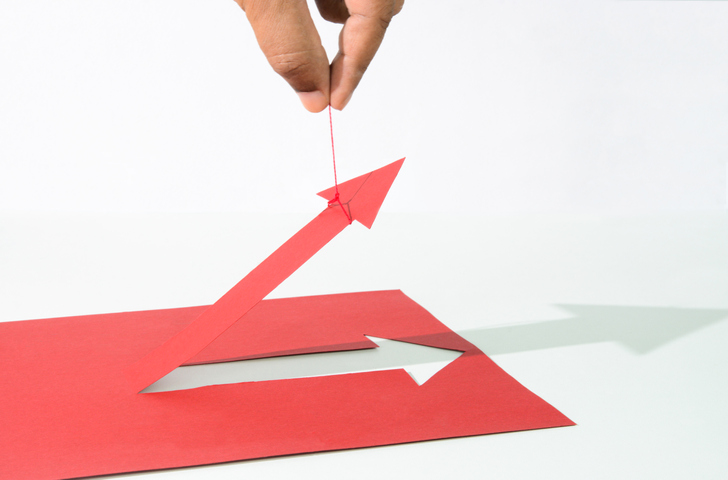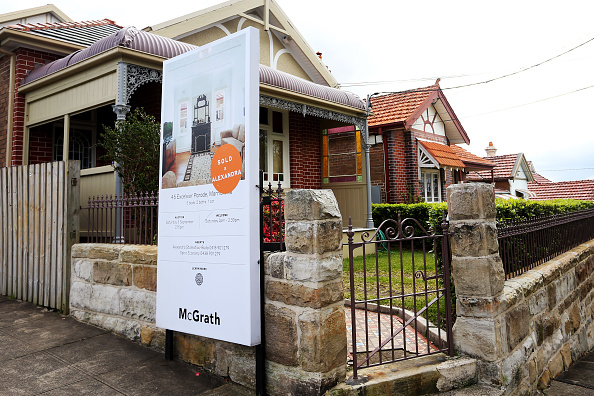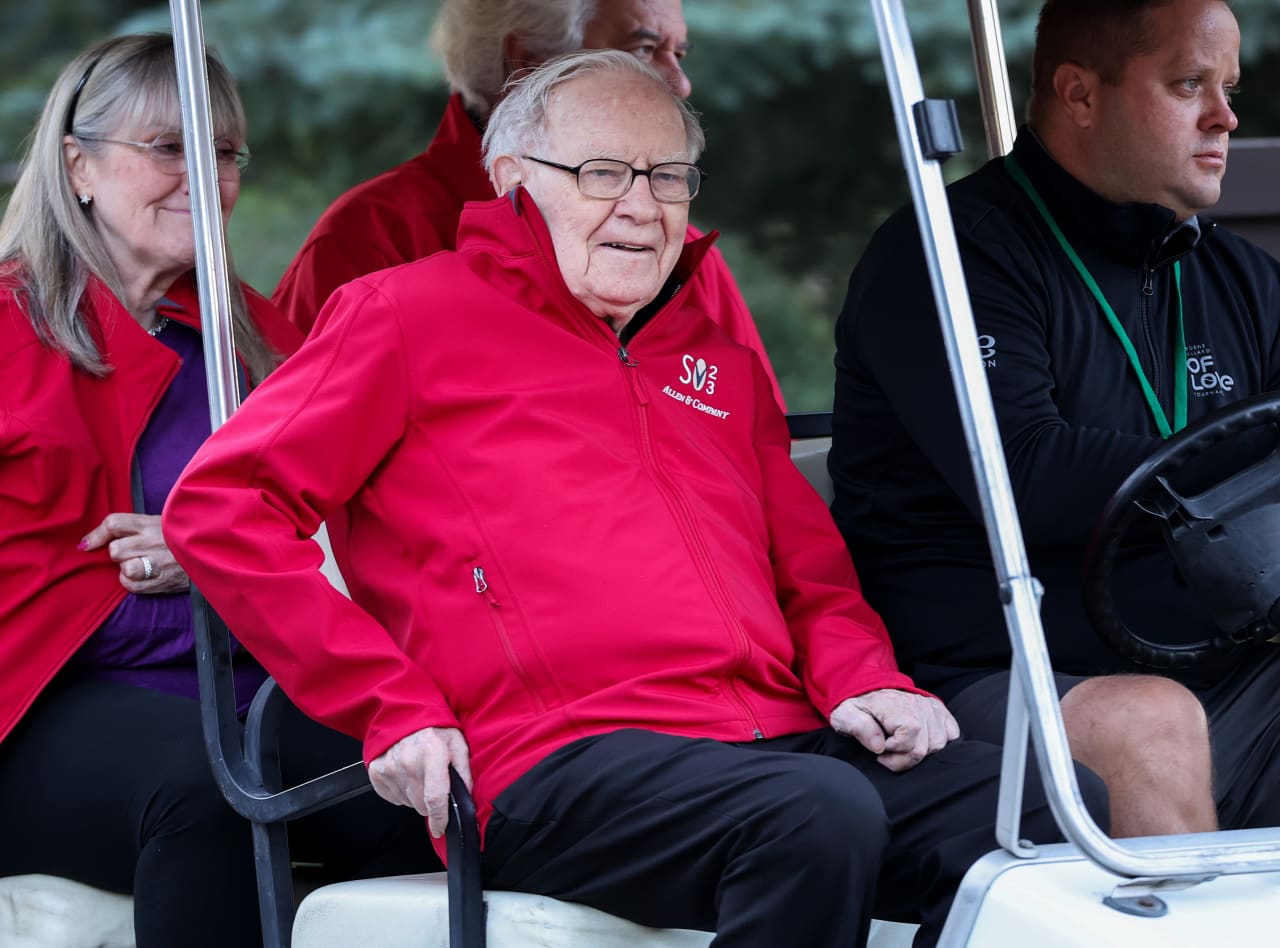How Sensitive Are Stocks To Interest Rates? Time to Find Out
As central banks start lifting borrowing costs from near zero, profitless startups are certain to suffer.
There is a new urgency to the old question of how much credit falling interest rates should get for your stock portfolio’s strong performance.
The Federal Reserve and Bank of England have raised borrowing costs over the past week, confirming the end of near-zero rates and, analysts fear, of a decadeslong boost to stock valuations.
Higher share prices relative to company earnings explain half the returns of the S&P 500 over 10 years. That proportion rises to 60% for the technology-heavy Nasdaq as Google parent Alphabet Inc., Meta Platforms Inc. and Amazon.com have left “old economy” banks and utilities in the dust.
The raft of profitless tech-focused startups that hit the market last year, such as electric-vehicle maker Rivian Automotive Inc., fintech lender SoFi Technologies Inc. and various air-taxi ventures, seem particularly exposed to the turning tables. Otherwise, though, investors need to do some homework before simply rotating back to old-economy sectors.
A bond with a 2% coupon becomes less attractive when the return investors get by leaving the money in the bank rises from 0% to 1%. And its resale value will fall a lot more if it matures in 10 years rather than in two, because investors are locked in for a decade of disappointing returns. In financial jargon, it has higher “duration,” which is both a measure of sensitivity to rates and the weighted average time until all the cash flows are paid.
What about stocks? While they offer much more legroom to speculate because payments aren’t fixed, their value is—usually—still tied to expectations of making a profit. Mature businesses with predictable dividend payments can be seen as having low duration, whereas growth-led firms have more of their value tied to earnings in the distant future. Startups have extra-long duration: They are akin to buying a lottery ticket with a payout in 10 years’ time.
Most stocks, however, fall somewhere in between, which requires going beyond intuition or sector correlations with bond yields.
In a 2004 paper, University of Michigan researchers Patricia M. Dechow, Richard G. Sloan and Mark T. Soliman popularised a way to estimate a company’s “implied equity duration” by predicting future cash flows based on the growth of sales, earnings and book value. Applying their math to S&P 500, Euro Stoxx 50 and FTSE 100 stocks puts the duration of blue-chip stocks at around 20 years. As expected, the consumer services, healthcare and tech sectors, which have done better in the period of rock-bottom borrowing costs, rank above average, while energy, finance and telecommunications are below.
Sector averages are misleading, however. Within tech, the implied duration of Amazon and Netflix is above 23 years, whereas International Business Machines Corp. and Intel Corp. are closer to the market average and Hewlett-Packard Enterprise Co., a maker of laptops and printers, ranks near the bottom at less than 14 years.
Meanwhile, electric-vehicle maker Tesla Inc. is an example of a long-duration disrupter in a mature industry. Cable operator Charter Communications Inc. and clothing giants Inditex, Burberry and Under Armour Inc. are less-obvious cases of old-economy but high-duration stocks.
Investors need to be careful with distortions created by the pandemic, which sunk the short-term profits of some more traditional sectors. As a 2021 paper shows, the crisis lengthened their implied duration by tying more of their value to post-Covid earnings, making casinos and cruise companies look more growth-focused than they are.
Markets still predict that the Fed will keep rates below 3% this economic cycle, compared with more than 5% pre-2008. So this past decade’s trend may only be partially reversed, especially because much of the valuation premium fetched by the likes of Amazon and Alphabet reflects the growing dominance of these firms in the real world. Conversely, banks may make more money when rates are higher, but the main reason they have suffered in recent years is weak economic growth and stricter financial regulation.
This is the moment for investors to take a closer look at the duration of their individual stockholdings. But they shouldn’t forget that strong balance sheets and growing profits win the day, no matter where interest rates are.
Reprinted by permission of The Wall Street Journal, Copyright 2021 Dow Jones & Company. Inc. All Rights Reserved Worldwide. Original date of publication: March 20, 2022.
 Copyright 2020, Dow Jones & Company, Inc. All Rights Reserved Worldwide. LEARN MORE
Copyright 2020, Dow Jones & Company, Inc. All Rights Reserved Worldwide. LEARN MORE
This stylish family home combines a classic palette and finishes with a flexible floorplan
Just 55 minutes from Sydney, make this your creative getaway located in the majestic Hawkesbury region.
Continued stagflation and cost of living pressures are causing couples to think twice about starting a family, new data has revealed, with long term impacts expected
Australia is in the midst of a ‘baby recession’ with preliminary estimates showing the number of births in 2023 fell by more than four percent to the lowest level since 2006, according to KPMG. The consultancy firm says this reflects the impact of cost-of-living pressures on the feasibility of younger Australians starting a family.
KPMG estimates that 289,100 babies were born in 2023. This compares to 300,684 babies in 2022 and 309,996 in 2021, according to the Australian Bureau of Statistics (ABS). KPMG urban economist Terry Rawnsley said weak economic growth often leads to a reduced number of births. In 2023, ABS data shows gross domestic product (GDP) fell to 1.5 percent. Despite the population growing by 2.5 percent in 2023, GDP on a per capita basis went into negative territory, down one percent over the 12 months.
“Birth rates provide insight into long-term population growth as well as the current confidence of Australian families,” said Mr Rawnsley. “We haven’t seen such a sharp drop in births in Australia since the period of economic stagflation in the 1970s, which coincided with the initial widespread adoption of the contraceptive pill.”
Mr Rawnsley said many Australian couples delayed starting a family while the pandemic played out in 2020. The number of births fell from 305,832 in 2019 to 294,369 in 2020. Then in 2021, strong employment and vast amounts of stimulus money, along with high household savings due to lockdowns, gave couples better financial means to have a baby. This led to a rebound in births.
However, the re-opening of the global economy in 2022 led to soaring inflation. By the start of 2023, the Australian consumer price index (CPI) had risen to its highest level since 1990 at 7.8 percent per annum. By that stage, the Reserve Bank had already commenced an aggressive rate-hiking strategy to fight inflation and had raised the cash rate every month between May and December 2022.
Five more rate hikes during 2023 put further pressure on couples with mortgages and put the brakes on family formation. “This combination of the pandemic and rapid economic changes explains the spike and subsequent sharp decline in birth rates we have observed over the past four years,” Mr Rawnsley said.
The impact of high costs of living on couples’ decision to have a baby is highlighted in births data for the capital cities. KPMG estimates there were 60,860 births in Sydney in 2023, down 8.6 percent from 2019. There were 56,270 births in Melbourne, down 7.3 percent. In Perth, there were 25,020 births, down 6 percent, while in Brisbane there were 30,250 births, down 4.3 percent. Canberra was the only capital city where there was no fall in the number of births in 2023 compared to 2019.
“CPI growth in Canberra has been slightly subdued compared to that in other major cities, and the economic outlook has remained strong,” Mr Rawnsley said. “This means families have not been hurting as much as those in other capital cities, and in turn, we’ve seen a stabilisation of births in the ACT.”
This stylish family home combines a classic palette and finishes with a flexible floorplan
Just 55 minutes from Sydney, make this your creative getaway located in the majestic Hawkesbury region.






















